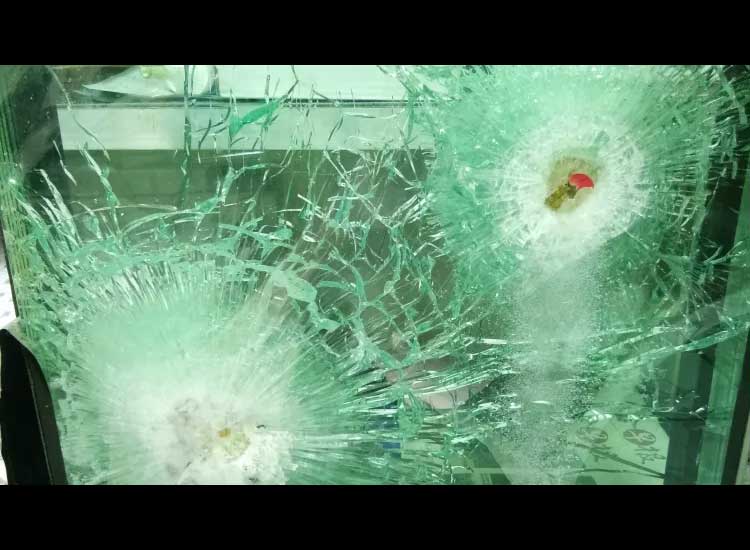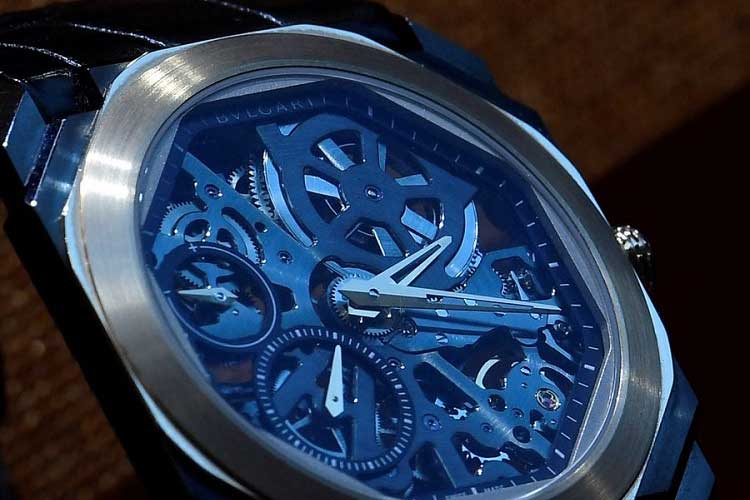Bulletproof Glass Made Of – Safety is the main thing that everyone must have in all their activities. Especially for people who have important roles in a country or even entrepreneurs. So if something unwanted happens such as chaos at a demonstration, shooting by unknown people or other things they will remain protected by the use of bulletproof glass.
Bulletproof glass is also widely used in military vehicles, fighter planes, fast trains and buildings that have a high level of security. So how was bulletproof glass first made? Check out the following explanation.
Initially, bulletproof glass was made by a French chemist named Edouard Benedictus (1878-1930) by accident. In 1903, he accidentally dropped a glass jar containing celluloid solution from the stairs, and surprisingly the jar did not break.
At that time, there were many car accidents in Paris and the situation was getting worse because many car windshields were broken. So he continued to experiment to make safe laminated glass until he succeeded. Although not perfect, Benedictus was able to make glass that only stuck together even though it was hit hard.
Due to his persistence, he managed to create the first safety glass that was very promising for the future, and filed a patent for his laminated glass invention on November 25, 1909. However, in 1927, it was taken over by Saint-Gobain, a French company that was originally a glass manufacturer and still produces various construction materials and high performance.
Until now, bulletproof glass has continued to develop. Bulletproof glass consists of layers of flexible glass and polycarbonate. Bulletproof glass is also known as a transparent material that can withstand the kinetic energy of a bullet up to a certain caliber.
Bullet-resistant glass is basically made by coating a polycarbonate material on a sheet of ordinary glass. This coating process is called lamination which will produce a material similar to glass that is thicker than ordinary glass.
Bulletproof glass usually has a thickness of between 7 millimeters and 75 millimeters. Bullets that hit glass will penetrate the outer layer of the glass, but the polycarbonate layer will absorb the energy of the bullet and stop it before the bullet penetrates out of the last layer.
However, the resistance of bulletproof glass still depends on the thickness of the glass and the type of weapon (caliber size of the bullet) used to shoot the glass.
If you are looking for glass with a high level of security, bulletproof glass can be the solution. You can order it at Diamond Glass, and for questions or further information, you can contact the Diamond Glass Team.





